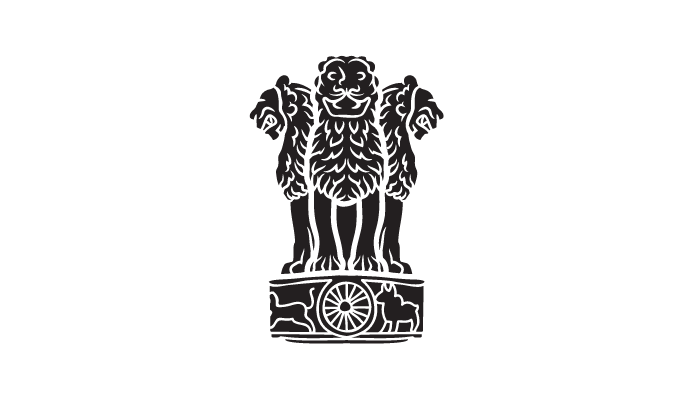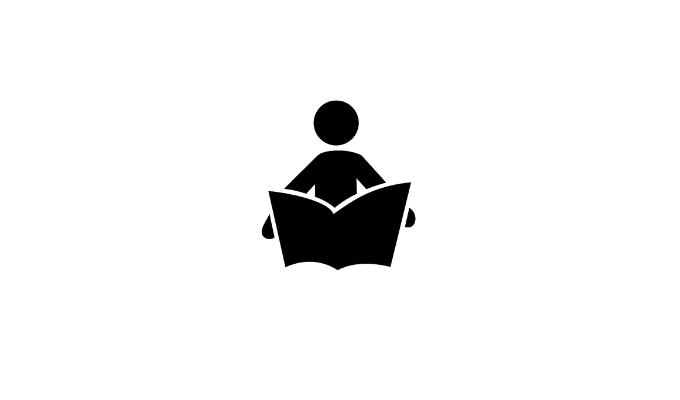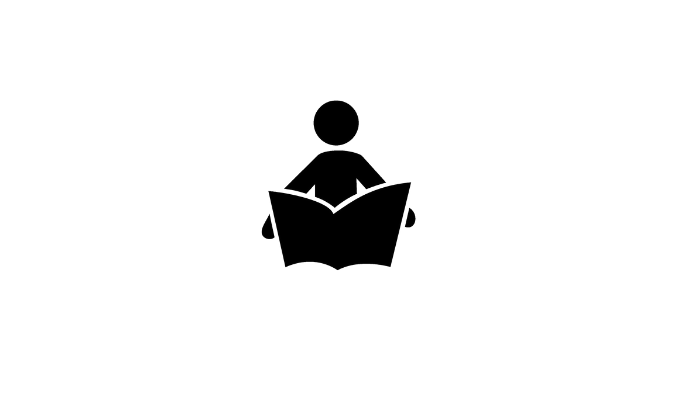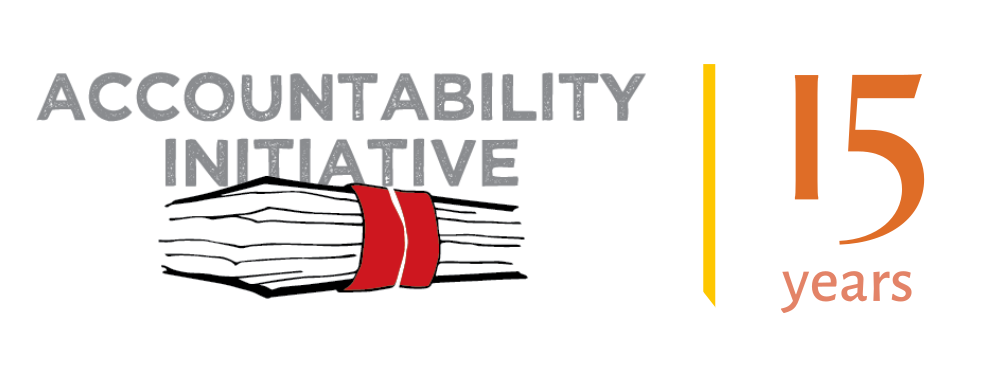
In the 15 years that have gone by, India has seen a significant transition in the social sector, and lived through a pandemic. At the Accountability Initiative, Centre for Policy Research, we have tracked the provision of welfare services and entitlements since 2008, in-step with the country’s evolution over these years. The year 2023 marks a moment to pause and reflect for us as we celebrate our 15th anniversary, and the Centre for Policy Research reaches its milestone of 50 years.
But, aside from our legacy of evidence-based knowledge sharing, this reflection is important in one more way. In 2024, India will choose a new government. A lookback on welfare spending and outcomes is an essential first step to understanding future priorities and pathways to development.
Drawing from previous Union Budgets, this Special Brief will dive into six major aspects. Firstly, reviewing the sources of funding available with the government. Secondly, analysing trends in expenditures including social sector allocations for key ministries and schemes. Thirdly, the devolution of funds to states who are primary spenders on welfare services. Fourthly, unpacking social sector schemes over the years. Fifthly, analysing select outputs and outcomes over time. Lastly, we offer our own experience by providing a snapshot of the changes in government Management Information Systems which are critical to monitoring welfare schemes, among other aspects.
For the purpose of this Special Brief, we are covering the period from 2009-2023. Actual Government of India (GoI) expenditures have been used till Financial Year (FY) 2020-21. For FY 2021-22, figures are Revised Estimates (REs) and Budget Estimates (BEs) for FY 2022-23.

Samagra Shiksha – An Integrated Scheme for School Education, is Government of India’s (GoI’s) school education programme extending from pre-school to senior secondary classes. The scheme was launched in April 2018 to ensure equitable and inclusive quality education. Three existing schemes are subsumed by Samagra Shiksha: ■ Sarva Shiksha Abhiyan (SSA) ■ Rashtriya Madhyamik Shiksha Abhiyan (RMSA), and ■ Teacher Education (TE) This brief uses government data to analyse Samagra Shiksha performance on: ■ Trends in allocations, releases and expenditures, ■ Component-wise approved budgets and, ■ Learning outcomes

Samagra Shiksha – An Integrated Scheme for School Education, is Government of India’s (GoI’s) school education programme
extending from pre-school to senior secondary classes. The scheme was launched in April 2018 to ensure equitable and inclusive quality education. Three existing schemes are subsumed by Samagra Shiksha:
■ Sarva Shiksha Abhiyan (SSA),
■ Rashtriya Madhyamik Shiksha
Abhiyan (RMSA), and
■ Teacher Education (TE)
This brief uses government data
to analyse Samagra Shiksha
performance on:
■ Trends in allocations, releases
and expenditures,
■ Component-wise approved
budgets and,
■ Learning outcomes
Cost share and implementation:
Funds are shared between GoI and state governments in a 60:40 ratio. For the eight Northeastern states and three Himalayan
states, this ratio is 90:10. The five union territories (UTs) without legislature, are fully funded by GoI.

Sarva Shiksha Abhiyan (SSA) is the Government of India’s (GOI) flagship
elementary education programme. Launched in 2001, it aims to provide
universal primary education to children between the ages of 6 to 14.
SSA is the primary vehicle for delivering the Right to Education.

The Sarva Shiksha Abhiyan (SSA) is the Government of India’s (GOI) flagship elementary education programme. Launched in 2001, it aims to provide universal primary education to children between the ages of 6-14 years. SSA is now the primary vehicle for delivering the Right to Education.

The Sarva Shiksha Abhiyan (SSA) is the Government of India’s (GOI) flagship elementary education programme. Launched in 2001, it aims to provide universal primary education to children between the ages of 6-14 years. SSA is now the primary vehicle for implementing the Right to Free and Compulsory Education Act (RTE).
This brief uses government reported data to analyse SSA performance along the following parameters:
- Overall trends in allocation and expenditures
- Expenditure performance across key SSA activities
- Coverage and output

The Sarva Shiksha Abhiyan (SSA) is the Government of India’s (GOI) flagship elementary education programme. Launched in 2001, it aims to provide universal primary education to children between the ages of 6 and 14 years. SSA is now the primary vehicle for implementing the Right to Free and Compulsory Education Act (RTE).
This brief uses government reported data to analyse SSA performance along the following parameters:
- Overall trends in allocation and expenditures
- Expenditure performance across key SSA activities
- Coverage and output.

The Sarva Shiksha Abhiyan (SSA) is the Government of India’s (GOI) flagship elementary education programme. Launched in 2001, it aims to provide universal primary education to children between the ages of 6 to 14 years. SSA is now the primary vehicle for implementing the Right to Free and Compulsory Education Act (RTE).
This brief uses government reported data to analyse SSA performance along the following parameters:
- Overall trends in allocations and expenditures
- Expenditure performance across key SSA activities
- New learning initiatives under SSA
- Outputs and outcomes






